Teachers’ perception towards Arabic language textbook (Al-Lughah Al Arabiyyah Al Mua’sirah) for integrated dini curriculum in enhancing students’ language skills
Keywords:
Teachers’ perception, Arabic Language, Textbook, Integrated Dini Curriculum (IDC), language skillsAbstract
This study explores teachers' perception of the Arabic Language textbook (Al-Lughah Al Arabiyyah Al Mua’sirah) used within the Integrated Dini Curriculum (IDC) in enhancing students’ language skills. Utilizing mixed method research, a questionnaire and interview was utilised in this study. This study examined 46 experienced Arabic language teachers across several religious schools in Perak. This study evaluates the strengths and limitations of the Arabic textbook used in the Integrated Dini Curriculum (IDC) for enhancing students' language skills. The results show that respondents generally expressed positive views, with satisfaction scores ranging from 3.5 to 4.1 on a 5-point scale, indicating moderate to high approval. The textbook's emphasis on core language skills—listening, speaking, reading, and writing—received the highest rating (4.0667), reflecting its effectiveness in covering essential aspects of language learning. The step-by-step grammar and topic progression organisation was also well-rated, further supporting its pedagogical approach. However, areas for improvement were identified, particularly concerning vocabulary, which received the lowest mean score (3.5217) and the highest standard deviation (0.88792), suggesting inconsistent experiences with its practicality for daily communication. The study recommends enhancing the curriculum by incorporating practical activities such as role-playing and real-life communication scenarios to better support students' speaking skills. Future research should explore on the integration of interactive and multimedia content to enhance language learning and assess the textbook's effectiveness.
References
Aburub, I. (2023). An Evaluation of the Arabic Language Textbook for First Grade from the Teachers’ Point of View. Journal of Higher Education Theory and Practice, 23(9). https://doi.org/10.33423/jhetp.v23i9.6133
Ahmad Bahari, A., Ahmad H. Osman, R., Mohd Ghadzali, N. S., & Mohamad Nor, A. F. (2022). الخصائص الإسلامية في كتاب اللغة العربية للمرحلة الإبتدائية :دراسة منهجية لإنتاج طالب شامل ومتعدد الثقافات: Islamic Characteristics in the Elementary Arabic Language Textbook: Produce Holistic and Multicultural Students. AL-HIKMAH: INTERNATIONAL JOURNAL OF ISLAMIC STUDIES AND HUMAN SCIENCES, 5(3), 153-174. 2.
Al-Bataineh, S., & Al-Saedi, A. (2019). The role of Minecraft in enhancing Arabic language learning outcomes: A literature review. International Journal of Educational Technology in Higher Education, 16(1), 1-17.
Al-Saggaf, Y., & Azmi, I. A. (2020). Exploring the potential of Minecraft as an educational tool for Arabic language learning in primary schools. International Journal of Game-Based Learning, 10(4), 38-54
Azlan, S. B., Muhammad, S. I., (2020). The Role of Arabic Debates in Developing Speaking Skills Among Non-Arabic Speaker Debaters.NUKHBATUL ’ULUM: Jurnal BidangKajian Islam, 6(2), 354-387.
Chew F. P., & Sivabalan T. (2019). Penilaian Pelaksanaan Kurikulum Bahasa Tamil di Sekolah Kebangsaan, Jurnal Pendidikan Malaysia 44(2) (2019):41-52.
Chik, A. R., & Rahman, T. a. F. T. A. (2012). An evaluation study on ASP textbook ‘Advanced Media Arabic.’ Procedia - Social and Behavioral Sciences, 66, 223–231. https://doi.org/10.1016/j.sbspro.2012.11.264
Fawaz, Alsulami. (2023). 3. Strategies of Teaching Vocabulary Practiced by Arabic Teachers and their Relationship with the Linguistic Richness Level of Higher-Grade Primary Students. International Journal of Research and Education, doi: 10.36771/ijre.47.5.23-pp189-221
Glor, Ajit., Terry, Lucas., R., P., Mnatsa, Kanyan. (2022). (1) Design and Technology in Malaysian Secondary Schools: A Perspective on Challenges. Malaysian Journal of Social Sciences and Humanities, doi: 10.47405/mjssh. v7i1.1219
Hedya, Sasha, Binti, Abdullah., Mohd, Mahzan, Awang., Abdul, Razak, Ahmad. (2019). (5) Implementation of Historical Thinking Skill Among Malaysian Students using History Textbook: Concept, Issues and Challenges. doi: 10.32698/GCS.0197
Ismail, M. F., & Nik Yusoff, N. M. R. (2022). TEXTBOOK TECHNICAL PRESENTATION VS. READABILITY: AN ANALYSIS OF KBD FORM FOUR ARABIC TEXTBOOKS IN MALAYSIA. Journal of Nusantara Studies (JONUS), 7(2), 270-290. https://doi.org/10.24200/jonus.vol7iss2pp270-290
Kamarulzaman, Abdul, Ghani., Ahmad, Sabri, Noh., Nurul, Iman, Ahmad, Bukhari. (2021). (4) Linguistic Features Differences in Arabic Textbooks Used at Islamic Schools in Malaysia. doi: 10.21315/KAJH2021.28.1.7
Kementerian Pendidikan Malaysia (2015), Maklumat Asas Pelaksanaan Kurikulum Bersepadu Dini. Purtajaya: BPI.
Khalil, A., Rahman, M., Al., Fayyoumi., Anas, Hanandeh., Samer, Ayasrah. (2024). Analyzing Active Tasks in Jordanian Primary Arabic Textbooks: Teaching Strategies and Skill Development Implications. International Journal of Instruction, doi: 10.29333/iji.2024.17228a
LP, Nurjannah., Esther, Heronica., A., Setiawan. (2024). 2. تعليم مهارات اللغة العربية باستخدام أساليب الألعاب اللغوية. doi: 10.24952/thariqahilmiah.v12i1.11000
Mohamad, Hussin., Zawawi, Bin, Ismail., Naimah. (2022). (1) Error Analysis of Form Four KSSM Arabic Language Text Book in Malaysia. Theory and Practice in Language Studies, doi: 10.17507/tpls.1301.20
Mohd Noor, S. S., Mohd Noor, M., & Mohammad, T. (2021). Students’ Perception of Online Learning Course of Speech and Arabic Debate during the COVID-19 Pandemic. Jurnal Pendidikan Bitara UPSI,14(2), 28-38. https://doi.org/10.37134/bitara.vol14.2.3.2021
Mohd, Nazri, Abdul, Rahman., Norlidah, Alias., Saedah, Siraj., Zaharah, Hussin. (2017). (4) Inovasi dan Kreativiti Dalam Rekabentuk Buku Teks Sekolah Menengah: Aplikasi Pendekatan Interpretive Structural Modeling (ISM).
Nadarajan, Thambu. (2023). (2) Educators’ perspective on the innovation of moral education textbooks for the development of future society. Muallim Journal of Social Sciences and Humanities, doi: 10.33306/mjssh/246
Naim, N. K. M., & Haron, S. C. (2024). Arabic Debate and Its Impact on Arabic Speaking Skills. al-Qanatir: International Journal of Islamic Studies, 33(3), 235-244.
Puasa, B., Sardi, J., & Ramli, N. F. M. (2022) I-Kalam: A CEFR Based Mobile Gamification App for Arabic Speaking Skills. European Proceedings of Educational Sciences.
Sudi, Yahya, Husein., Nur, Hasaniyah., Murdiono, Murdiono., Akmaluddin, Akmaluddin. (2023). 5. Teaching Methods, Challenges, And Strategies for Improving Students' Arabic Linguistic Competence. Ijaz Arabi, doi: 10.18860/ijazarabi.v6i3.23558
Zamziba, M. N. F., Osman, R. A. H., Ahmad, M. A., Rashid, R. F. A., Noor, M. L. A. H. M., Rivensky, R., & Zabidi, U. A. A. (2024). Exploring Minecraft in the Primary School Syllabus for Enhancing Arabic Learning: A Systematic Literature Review. International Journal of Language Education and Applied Linguistics, 14(1), 4-12.
Published
 Abstract Display: 0
Abstract Display: 0  PDF Downloads: 0
PDF Downloads: 0 Issue
Section
Copyright (c) 2025 Khairun Nisaa Mohd, Nur Shuhadak Ismail, Norul Amal Ab Rahman, Nurul Safiah Yusoff

This work is licensed under a Creative Commons Attribution-NonCommercial 4.0 International License.

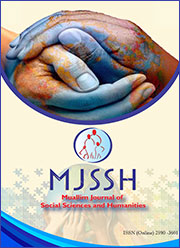
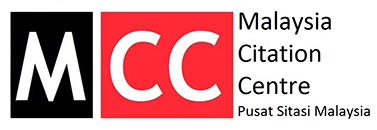
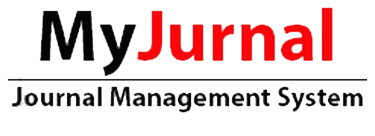


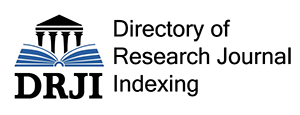
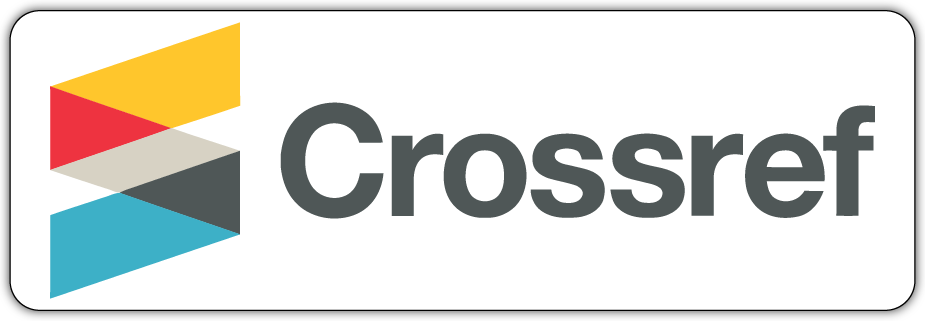
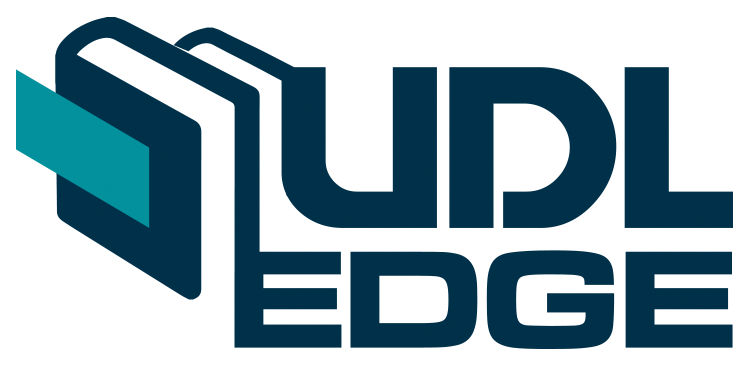





 This work is licensed under a
This work is licensed under a